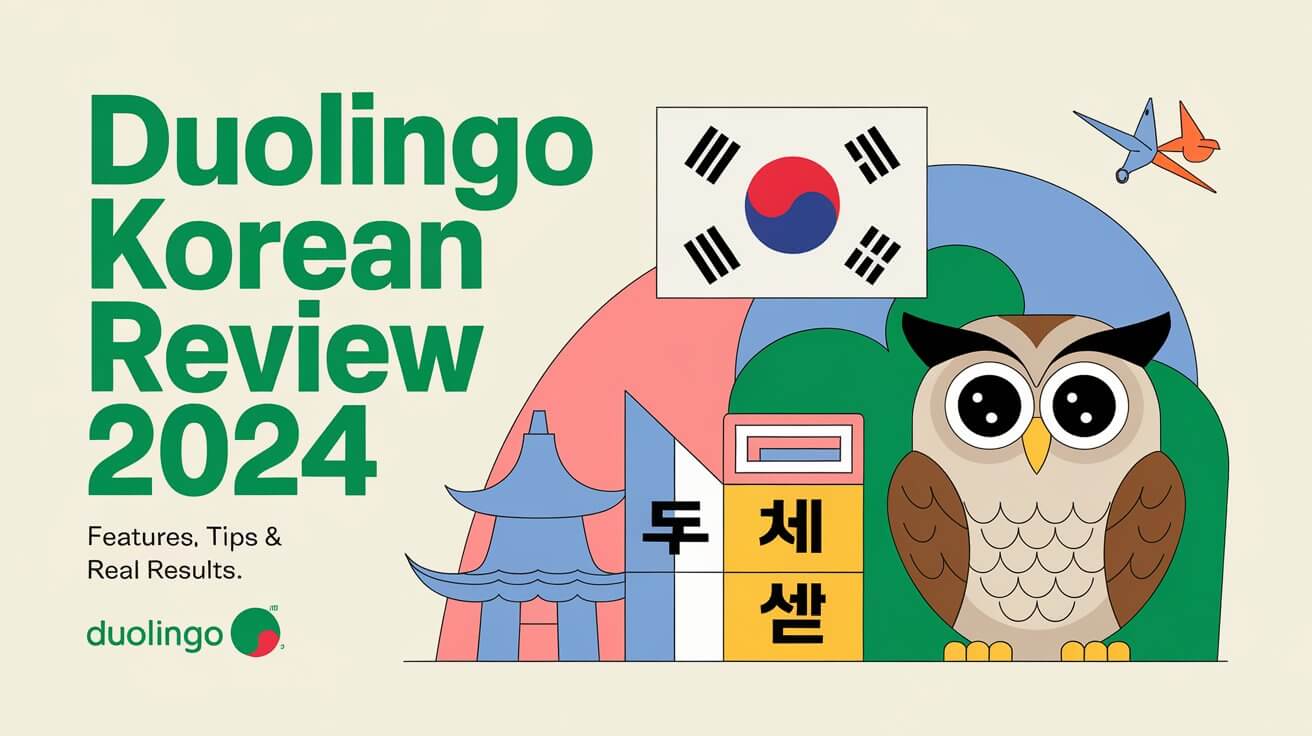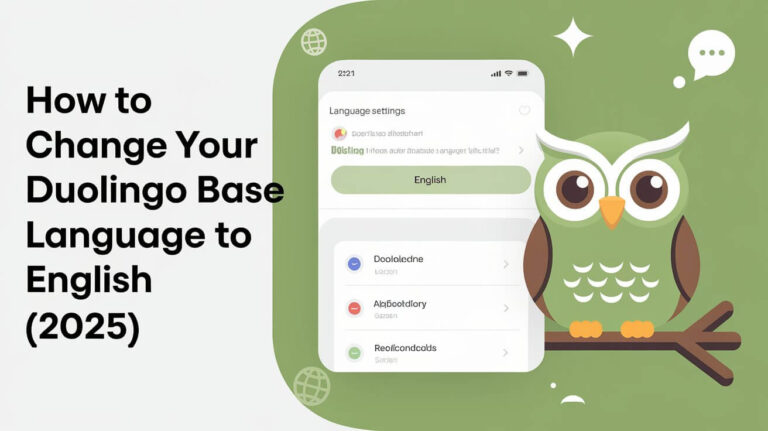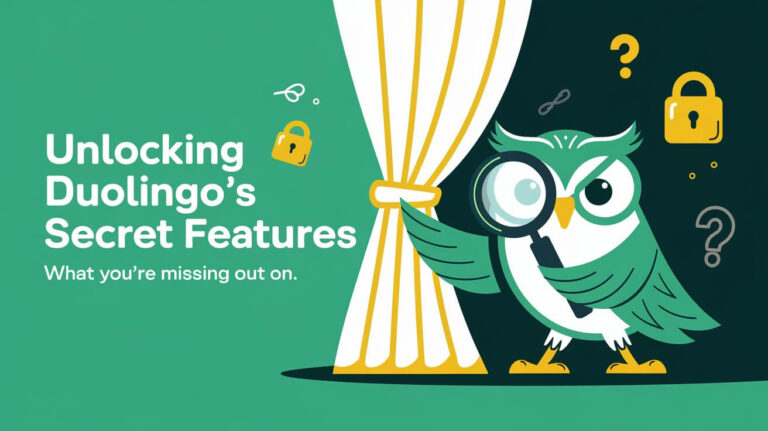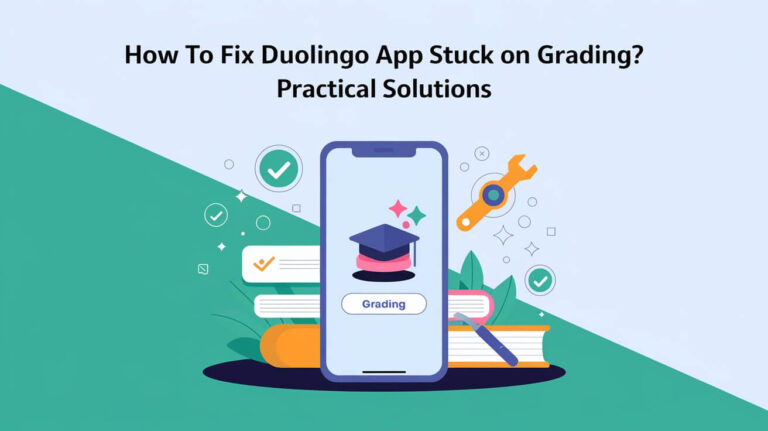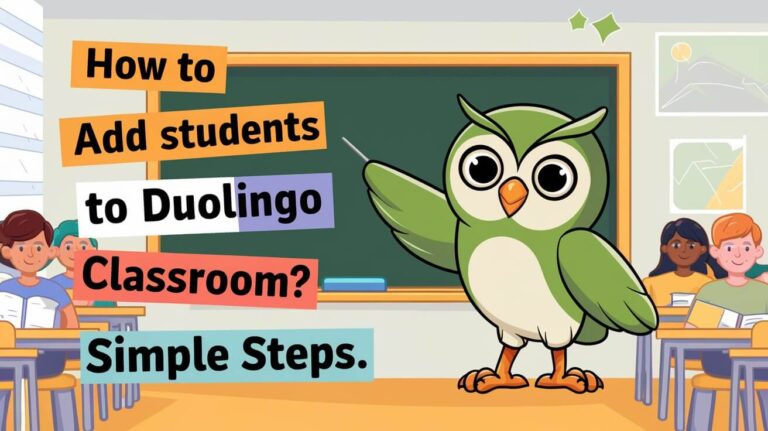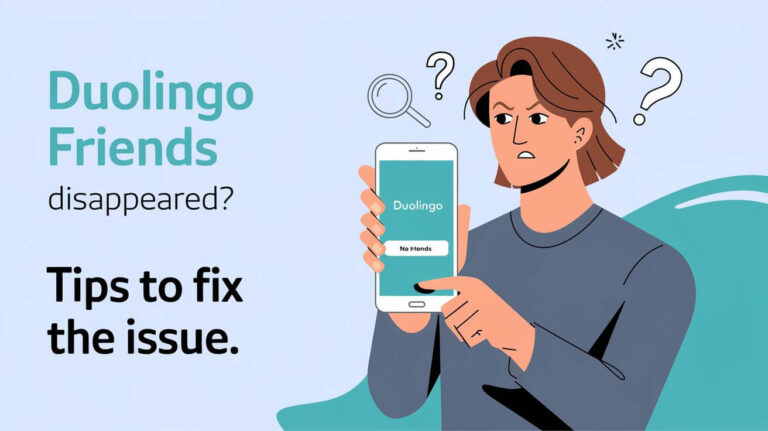Duolingo’s Korean course helps learners start with Korean basics through an app-based learning system. The course covers Hangul (Korean alphabet), vocabulary, grammar, and everyday phrases across 65 skills spread over three checkpoints.
With 17.4 million learners as of 2025, the Korean course has become one of Duolingo’s fastest-growing language programs. This growth reflects the rising global interest in Korean culture, K-pop, and K-dramas.
The Growth of Korean Learning on Duolingo
Recent Statistics and User Base
Since its launch on October 11, 2017, Duolingo Korean has attracted millions of eager learners worldwide. The platform’s gamified approach makes Korean learning feel like playing a mobile game rather than studying a textbook.
Brazil, France, Germany, India, and Mexico show the highest growth rates for new Korean learners on Duolingo. This surge links directly to the global popularity of Korean entertainment and culture.
Course Development Timeline
The Korean course started as a basic program teaching essential phrases. Over time, it evolved to include more comprehensive content. Regular updates have added new skills, improved audio quality, and enhanced learning materials.
Course Structure and Content
Checkpoint System
The course splits into three main checkpoints:
- Checkpoint 1: 11 skills covering basics
- Checkpoint 2: 25 skills focusing on everyday communication
- Checkpoint 3: 29 skills teaching advanced concepts
Each checkpoint acts as a progress marker. You must complete earlier skills before moving forward, ensuring a solid foundation.
Available Skills and Lessons
The 65 total skills include:
- Alphabet basics
- Common phrases
- Food and drinks
- Numbers and counting
- Family terms
- Colors and descriptions
- Time and calendar
- Travel phrases
- Cultural elements
Learning Path Progression
Lessons build upon each other in a structured way. You start with Hangul basics, move to simple phrases, and gradually tackle more complex grammar patterns.
Hangul Learning Experience
Teaching Method
Duolingo introduces Hangul through full syllables rather than individual letters. While this approach helps quick memorization, it might not provide deep understanding of the Korean writing system’s alphabetic nature.
The course teaches common syllables first:
- Basic consonants
- Simple vowels
- Combined syllables
- Common words
Audio System
The computerized voice system presents both advantages and challenges:
- Clear pronunciation patterns
- Consistent delivery
- Sometimes unnatural intonation
- May miss subtle pronunciation differences
Practice Exercises
Learning activities include:
- Matching sounds to syllables
- Writing practice
- Word recognition
- Sound identification
- Translation exercises
Core Features
Vocabulary Building
The course introduces vocabulary through categories:
- Basic greetings
- Everyday objects
- Common actions
- Descriptive words
- Location terms
Words appear multiple times in different contexts to help with retention.
Sentence Patterns
Lessons teach sentence structure through:
- Simple statements
- Basic questions
- Common responses
- Formal and informal speech
- Word order rules
Grammar Implementation
Grammar points include:
- Particle usage (-이/가, -은/는)
- Verb conjugation
- Formal vs informal speech
- Question formation
- Past, present, and future tense
Real-World Application
Practical Usage Scenarios
The course covers daily situations:
- Ordering food
- Asking directions
- Shopping interactions
- Basic conversations
- Travel situations
Conversation Skills
Speaking practice focuses on:
- Common greetings
- Basic questions
- Simple responses
- Everyday phrases
- Polite expressions
Cultural Elements
Cultural content includes:
- Korean customs
- Social etiquette
- Common traditions
- Cultural references
- Holiday terms
Platform Differences
Mobile App Features
The mobile app offers:
- Quick practice sessions
- Progress tracking
- Achievement badges
- Daily streaks
- XP scoring
Website Functionality
The website provides:
- Detailed grammar notes
- Extended explanations
- Additional practice
- Progress charts
- Discussion forums
Tips and Notes Access
Grammar explanations appear on:
- Website lesson pages
- Mobile browser version
- Desktop platform
- Discussion sections
- Help resources
Alternative Learning Methods
Supplementary Resources
Effective learning combines Duolingo with:
- YouTube channels
- Korean dramas
- K-pop lyrics
- Language exchange
- Practice apps
Combined Learning Approaches
Mix learning methods:
- Daily Duolingo practice
- Language exchange apps
- Korean media consumption
- Writing exercises
- Speaking practice
Study Tips
Maximize learning by:
- Setting daily goals
- Reviewing past lessons
- Taking notes
- Using flashcards
- Practicing regularly
Looking Forward
Recent Updates
Recent improvements include:
- Enhanced audio quality
- New skill categories
- Additional practice exercises
- Updated content
- Better error feedback
Future Development Plans
Duolingo continues working on:
- More natural dialogues
- Improved pronunciation guidance
- Advanced grammar explanations
- Cultural context
- Interactive features
The Duolingo Korean course offers a solid starting point for Korean language learning. While it has limitations, particularly in pronunciation and grammar explanations, it provides structured practice and steady progress tracking. The key lies in using it alongside other resources for a well-rounded learning experience.
Language learning takes time and consistent effort. Duolingo Korean works best as part of a broader study plan that includes various learning methods and regular practice.

